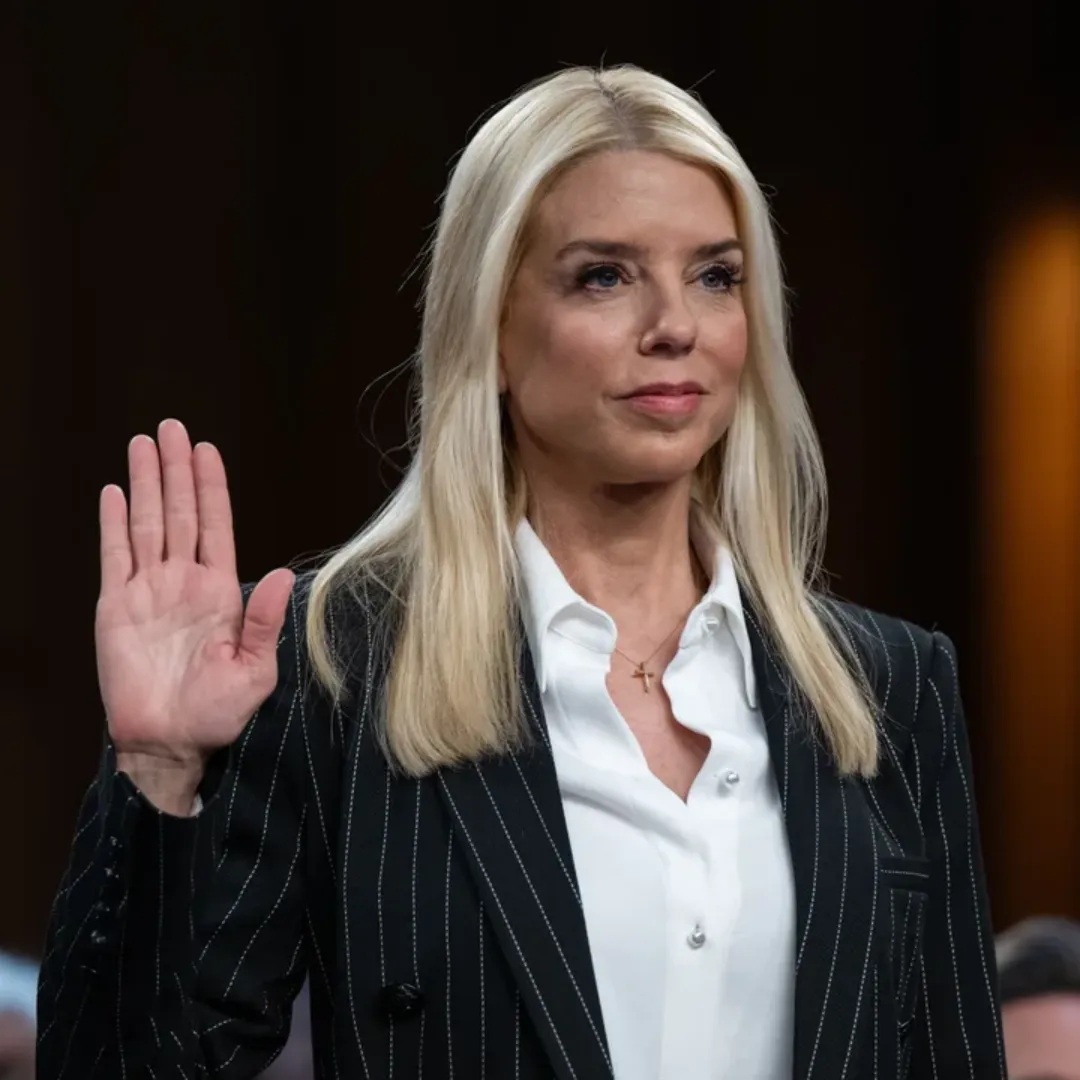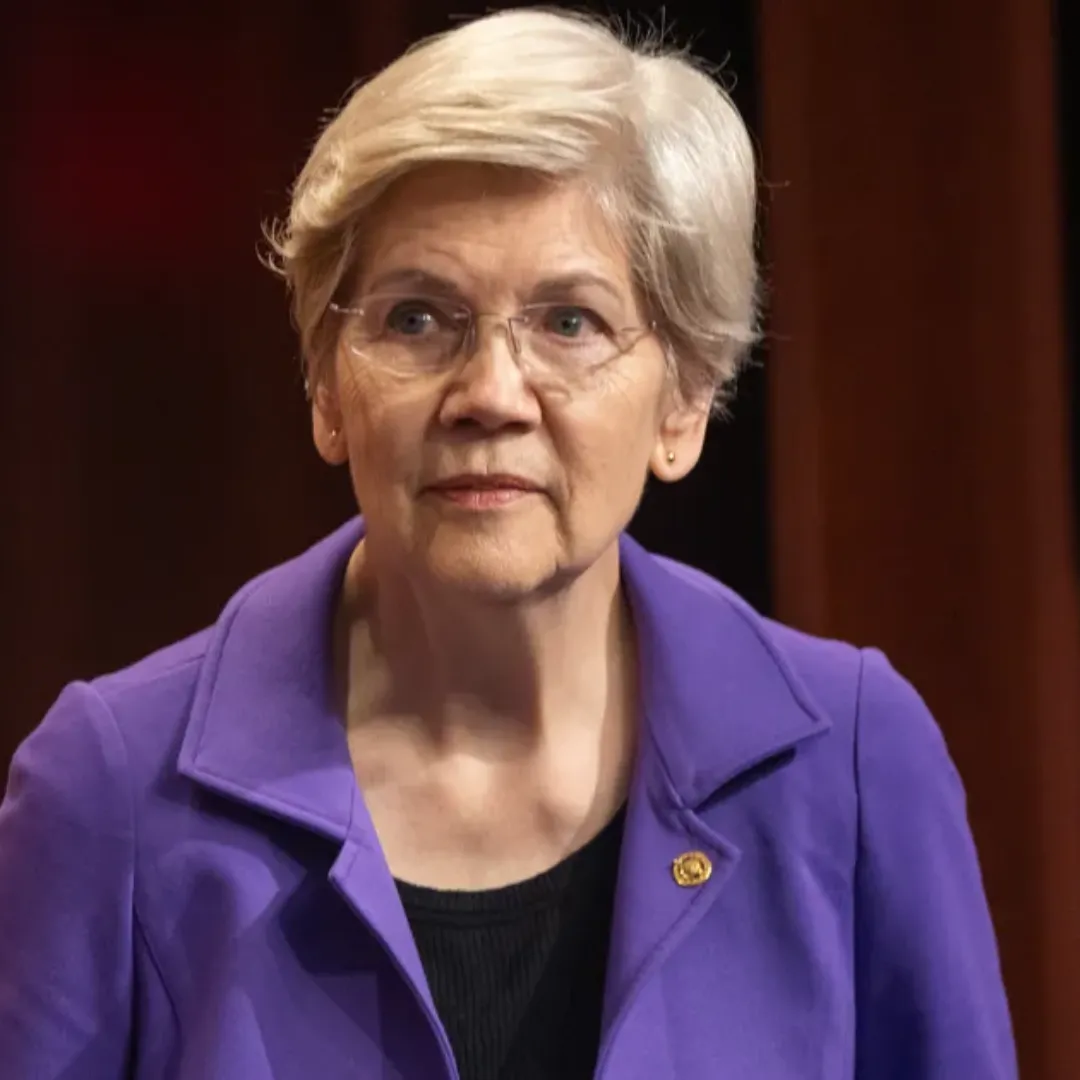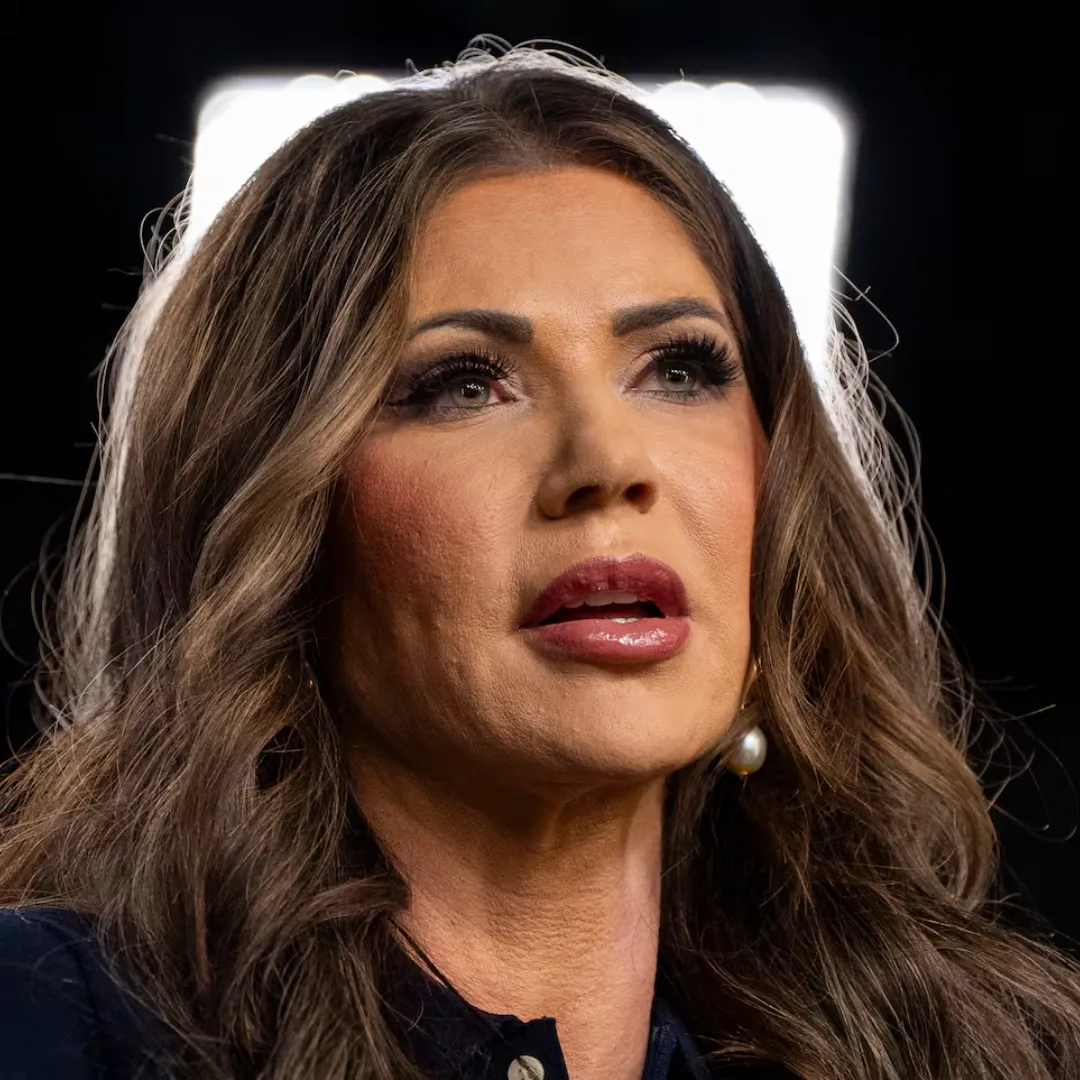
Vice President J.D. Vance offered new insight this week into the Trump administration’s ongoing efforts to end the war between Russia and Ukraine, acknowledging that both sides remain far apart in their demands and that achieving a peace agreement continues to be one of the administration’s most challenging foreign policy goals.
In an interview with Fox News Digital marking the administration’s first 100 days, Vance addressed the status of negotiations, the limits of diplomacy, and the administration’s current strategy.
He said President Trump is personally invested in reaching a “durable solution” to a conflict that has claimed thousands of lives, but the divide between the two nations remains wide.
“There’s a very big gulf between what the Russians want and what the Ukrainians want,” Vance said. “The first step is getting each of them to make a peace proposal. And that’s actually happened.
The Ukrainians have said, ‘This is what we want.’ The Russians have said, ‘This is what we want.’ Now, the work of diplomacy is to try to sort of bring these two sides closer together.”
Since taking office in January, Trump has positioned himself as the leader most capable of resolving the conflict that has now entered its fourth year. The war, which began with Russia’s full-scale invasion of Ukraine in early 2022, has dragged on with significant casualties on both sides, extensive territorial destruction, and rising international fatigue over its toll.
Vance said Trump remains focused on halting the bloodshed, telling the outlet, “He would like to bring the Russia-Ukraine conflict to a durable solution where you don’t have 5,000 people dying every single week on both sides of that conflict.”
But recent developments have complicated those efforts. On Monday, Russian officials announced that President Vladimir Putin had ordered a temporary ceasefire from May 8 to 11, citing the upcoming 80th anniversary of the Soviet victory over Nazi Germany in World War II.

Ukrainian officials, however, quickly rejected the symbolic gesture, calling it a distraction and reiterating their demand for full withdrawal of Russian forces from Ukrainian territory.
Ukrainian President Volodymyr Zelensky remains firm in his refusal to cede any part of the country’s internationally recognized borders, while Putin continues to demand official recognition of territories Russia now occupies.
That includes swaths of eastern Ukraine, where Moscow-backed forces have entrenched themselves following years of conflict. The situation has created a diplomatic impasse.
Adding to the tension, Trump reportedly questioned in recent days whether Putin is being sincere in his willingness to negotiate or whether he is simply delaying while continuing to escalate militarily. Over the weekend, Russia launched another round of deadly missile strikes across Ukraine, further fueling skepticism in Washington.
Despite those setbacks, the U.S. has been advancing a draft peace framework that would freeze the current front lines of the war. Under this proposal, much of eastern Ukraine would remain under Russian control, at least temporarily.
The deal would also block Ukraine from joining NATO, a long-standing objective of Moscow. What remains unclear are the security guarantees that would be extended to Ukraine as part of the proposed agreement, and how any ceasefire would be enforced or monitored.
So far, Ukrainian officials have expressed little enthusiasm for the idea. They argue that freezing the conflict would only reward Russian aggression and undermine international law.
Ukrainian leaders have called instead for a full Russian withdrawal, reparations for damages, and eventual integration with Western institutions, including NATO and the European Union.
Russia, on the other hand, insists that any peace agreement must include legal recognition of the territories it currently controls and commitments that Ukraine will not align militarily with the West. The Kremlin continues to frame the conflict as a response to Western encroachment, a narrative that U.S. officials reject.
Vance, speaking broadly about the administration’s approach, said that while the first 100 days had been successful in reversing many Biden-era policies, the months ahead would require cooperation from both Congress and U.S. allies.
“I have great confidence in Congress. I have some confidence in our international partners,” he said. “We’ll see how it goes.”
His remarks highlight the delicate balance the administration must strike. On one hand, Trump has sought to portray himself as a peace broker who can bring an end to a war that has strained global economies and challenged American leadership abroad.
On the other, the administration must navigate skepticism from U.S. lawmakers, international allies, and the parties directly involved in the war.
Critics of the proposed front-line freeze have argued that it effectively legitimizes territorial conquest and sets a dangerous precedent. Others say it could provide breathing room for Russia to regroup and prepare for future offensives.
Supporters of the proposal argue that it is a necessary first step toward ending hostilities and avoiding further loss of life.
Within the administration, officials have said that any deal must be framed as a diplomatic compromise rather than a surrender by either side. While Vance did not offer detailed terms, his comments suggest that the White House is now focused on identifying areas of overlap between the two positions and using that as a foundation for negotiations.

The idea of freezing the conflict rather than resolving it entirely is not new. Analysts point out that similar arrangements exist elsewhere, including the Korean Peninsula, where a ceasefire has been in place since 1953 without a formal peace treaty. Whether a similar model could work in Ukraine remains to be seen.
Meanwhile, the humanitarian crisis continues to grow. Millions of Ukrainians remain displaced, infrastructure has been decimated, and both economies continue to suffer. The longer the war drags on, the more pressure there is on global institutions to facilitate some form of resolution.
Vance did not comment on specific next steps but hinted that additional announcements could come in the weeks ahead. He emphasized that American leadership remains critical to any successful outcome, and that the administration is actively engaging with both Kyiv and Moscow through diplomatic channels.
For now, however, the gulf between the two sides remains wide, and with each passing week, the cost of the conflict continues to rise. Whether the administration can bridge that divide will depend not just on political will but also on timing, leverage, and the ability to maintain credibility with all involved.
As the administration moves into its next phase, the challenge of delivering a peaceful end to one of the world’s most volatile and high-stakes conflicts remains one of its greatest tests.




